Exhibitions dedicated to asian art at the MET Metropolitain Museum of Art- New York
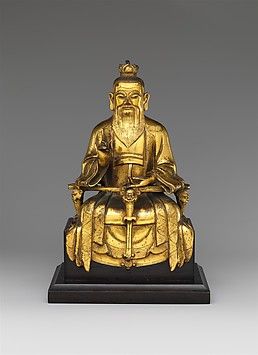
Children to Immortals: Figural Representations in Chinese Art
At The Met Fifth Avenue
AUGUST 9, 2018-JULY 5, 2020
Exhibition Overview
Conveying a person's inner spirit (chuanshen) is the central aspect of figural representation in Chinese art. Rather than prioritizing accurate anatomical renderings, artists sought to capture the "life energy" of their subjects. This exhibition explores sophisticated decorative arts that depict figures dating to late imperial China, from the Song (960-1279) to the Qing (1644-1911) dynasty. Over this thousand-year period, images of humans, legendary figures, and immortals frequently appeared. The first gallery focuses on children, a ubiquitous and long-standing motif expressing the cultural importance of offspring. The second gallery displays scenes from idealized daily life, historical novels, and legends. Various religious figures from Buddhism and Daoism are presented in the third gallery.
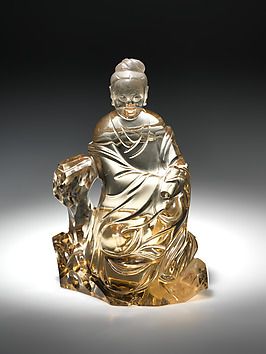
Some of the objects in this exhibition are recognized masterpieces, while others are little known and have not been on view for decades. Mainly drawn from The Met collection, this exhibition showcases diverse media, including textiles, lacquer, jade, ceramic, wood, bamboo, and metalwork.
Rotation 1: August 9, 2018-May 26, 2019
Rotation 2: July 1, 2019-February 23, 2020
Rotation 3: February 29-July 5, 2020
Kyoto: Capital of Artistic Imagination
At The Met Fifth Avenue
JULY 24, 2019-SEPTEMBER 20, 2020
Exhibition Overview
Focusing on the main turning points in the cultural history of Kyoto from ancient to modern times, Kyoto: Capital of Artistic Imagination places special emphasis on the decorative arts. Over eighty masterworks of lacquers, ceramics, metalwork, and textiles from The Met collection, including a number of recently acquired works of contemporary art are showcased. A selection of over fifty paintings by masters of various schools are accompanied by a rare fourteenth-century suit of armor, splendid export lacquers made for the European market in the late sixteenth-century, exquisite eighteenth-century Noh robes, as well as austere tea wares with characteristic imperfections.
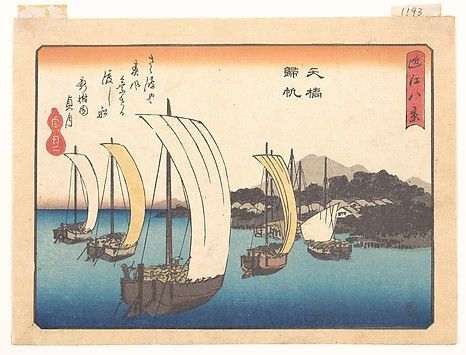
Heian-ky-, as modern-day Kyoto was once referred to, became the seat of the imperial court in 794 and remained the capital of Japan until 1869, when the court was transferred to Tokyo. The rich cultural heritage of this city was profoundly shaped by the presence of the emperor and aristocrats as well as high-ranking warriors, varied groups of artists, and literati working in the orbit of the palace. Buddhist temples, Shinto shrines, Noh theaters, workshops of painters and lacquer artists, ceramic kilns, textile shops, a flourishing tea culture, and bustling market districts, as well as supremely elegant architecture and gardens contributed to the advancement of the vibrant cultural life of Kyoto.
The exhibition is made possible by The Miriam and Ira D. Wallach Foundation Fund.
Chinese Painting and Calligraphy Up Close
At The Met Fifth Avenue
JANUARY 25, 2020-JANUARY 3, 2021
Exhibition Overview
Close looking is at the heart of Chinese painting and calligraphy. In premodern China, painters and calligraphers learned by copying, a practice that required heightened observation of details. In the process, they also learned how to look-how to detect fine distinctions of ink tone, saturation, and line. Only after years of this type of intense looking could a person be considered a true expert.
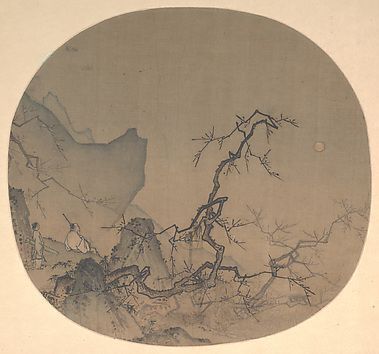
This exhibition will encourage such looking by displaying original artworks alongside photographic enlargements of their details. The magnified details draw attention to subtleties of brushwork, texture, and line that may escape a viewer at first glance. Ultimately, the enlargements draw us back to the original, revealing the rewards that close looking can offer.
On view in two rotations will be some of the most celebrated works of Chinese painting and calligraphy from the Museum's collection.
Rotation 1: January 25, 2020-July 19, 2020
Rotation 2: August 1, 2020-January 3, 2021
The exhibition is made possible by the Joseph Hotung Fund.
Sita and Rama: The Ramayana in Indian Painting
At The Met Fifth Avenue
AUGUST 10, 2019-AUGUST 30, 2020
Exhibition Overview
Created between the seventeenth and nineteenth centuries for the Rajput and Pahari courts of north India, the paintings in this exhibition capture the collective imagination of the Ramayana, an epic narrative composed by the Sanskrit poet Valmiki around the fifth century B.C. Accompanied by a number of textiles from across South Asia, the artworks illustrate the hero Rama's rescue of his beloved wife, Sita, after her abduction by Ravana, an evil demon with ten heads. The philosophical dimension of the story finds visual expression in these images, particularly its interest in the themes of morality, kingship, and Rama's status as a divine manifestation (or avatar) of Vishnu. Highlights include an important group of paintings from the early Punjab Hills Shangri/Mankot Ramayana series.
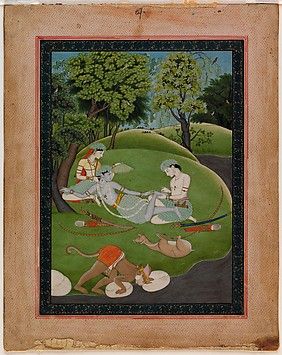
Rotation 1: August 10, 2019-February 23, 2020
Rotation 2: February 27, 2019-August 30, 2020
The exhibition is made possible by The Miriam and Ira D. Wallach Foundation Fund.
Exhibitions dedicated to asian art at the MET Metropolitain Museum of Art- New York